From “Solar Power” to “Price Advantage”: Tai Hing Delivers Value to Customers with Green Electricity
Morning sunlight illuminates the factory, where photovoltaic panels transform solar energy into zero-carbon electricity. This sustainable power not only energizes production lines but also establishes a competitive edge in pricing.
As a supporter of national "dual carbon" goals, Tai Hing has developed a clean electricity supply system through its solar power station. Since connecting to the grid in January, 20% of its electricity comes from rooftop solar systems. This "solar power for self-use" model allows Tai Hing to benefit from low-cost green electricity—solar power offers lower marginal costs and greater stability than traditional grids, reducing overall electricity expenses and enhancing price competitiveness.
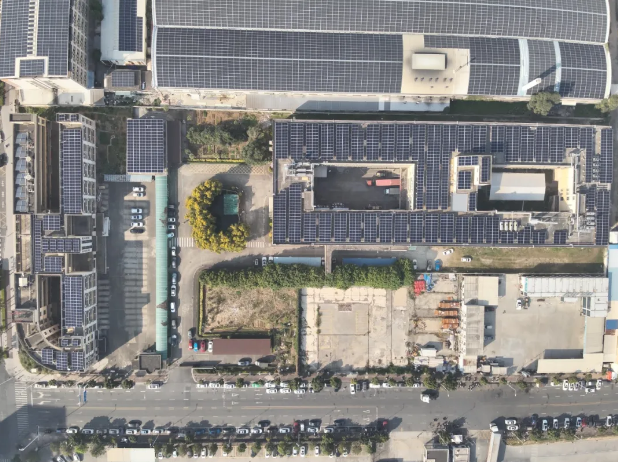
A meticulous management system of daily monitoring, weekly scheduling, and monthly reviews ensures each solar panel operates at peak efficiency. By tracking equipment performance in real-time and optimizing power generation, Tai Hing maximizes green electricity usage and maintains competitive costs per kilowatt-hour. This optimization from "sunlight" to "electricity pricing" highlights Tai Hing’s strong market position.
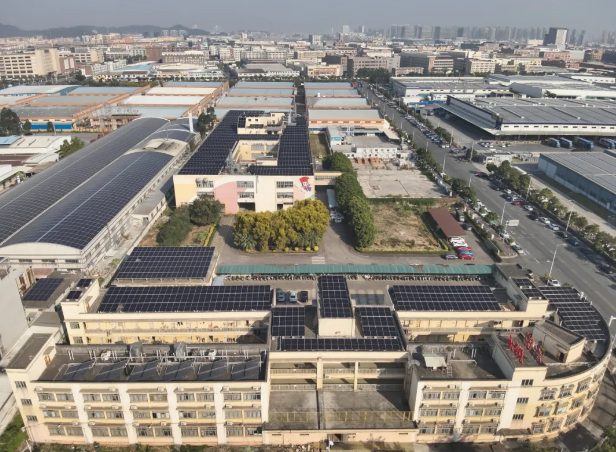
This competitive advantage translates into tangible benefits for customers. When clean electricity lowers production costs, Tai Hing can offer more flexible pricing. Stable green power supports high-precision monofilament production, and reduced electricity costs are reflected in product pricing, allowing Tai Hing to provide competitive rates. The chain of "green electricity → production cost → product pricing" maintains product quality while delivering real price advantages.
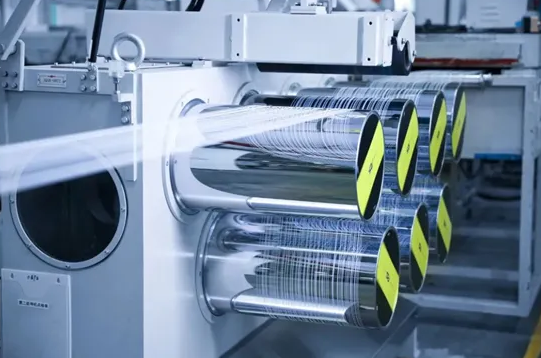
In customer service, the dual value of green electricity is evident: zero-carbon power ensures stable production, preventing delays from fluctuations in traditional energy sources, while lower electricity expenses allow for competitive pricing without compromising quality. When customers receive high-quality, affordable monofilament products, it demonstrates Tai Hing's commitment to translating pricing advantages into customer savings.
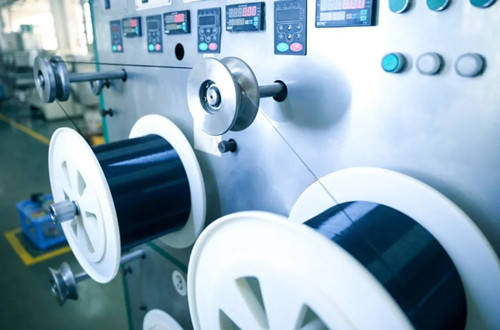
Situated in the Jianghai High-tech Zone, Tai Hing's solar initiatives serve as benchmarks for emissions reduction and innovative pricing strategies. By creating a cost advantage with green electricity, the company safeguards its ecological integrity while enhancing price competitiveness. This approach of turning "sunlight value" into "customer value" is reshaping the monofilament manufacturing industry, showing that green energy is both a social responsibility and a tangible benefit for customers.
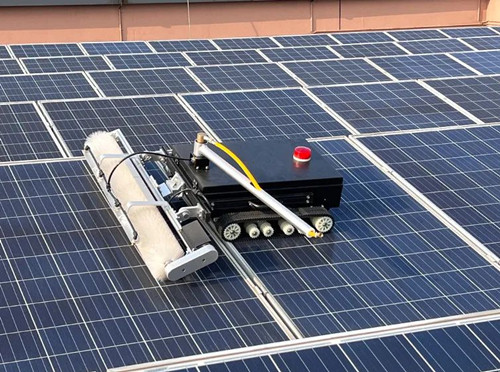
As the solar power station continues to operate efficiently, Tai Hing is redefining customer engagement with green pricing. Each kilowatt of sunlight translates into lower product prices, and each meter of monofilament embodies the essence of sustainable manufacturing. This commitment to the "dual carbon" strategy proves that green development and customer value are a mutually beneficial equation.






























